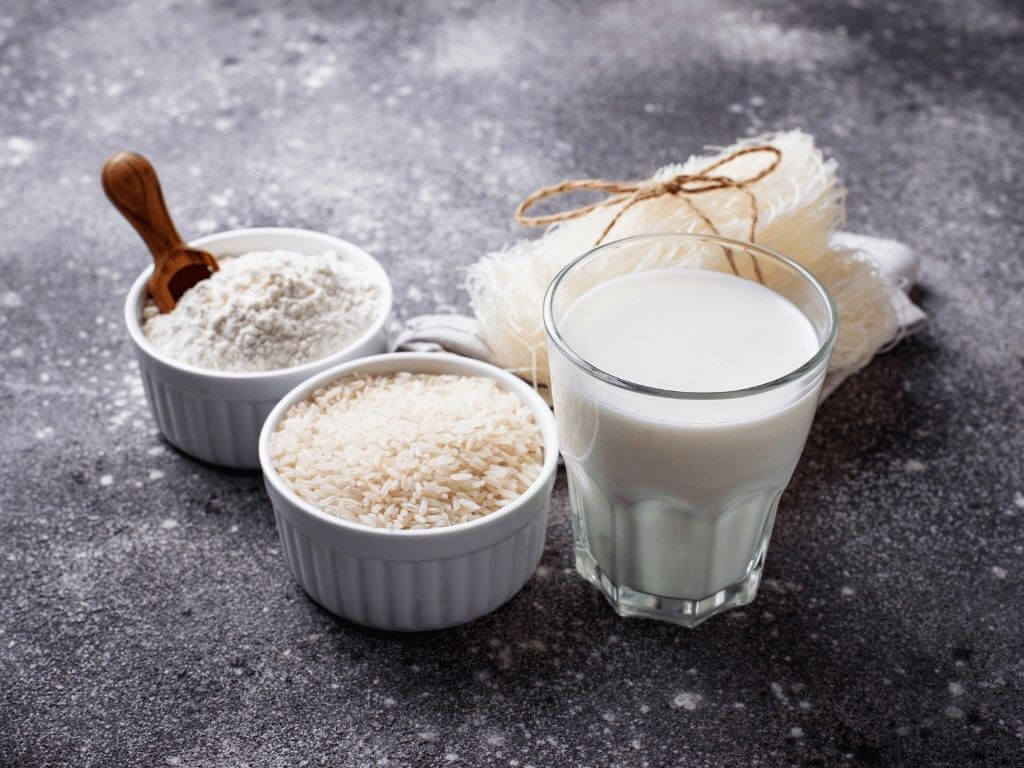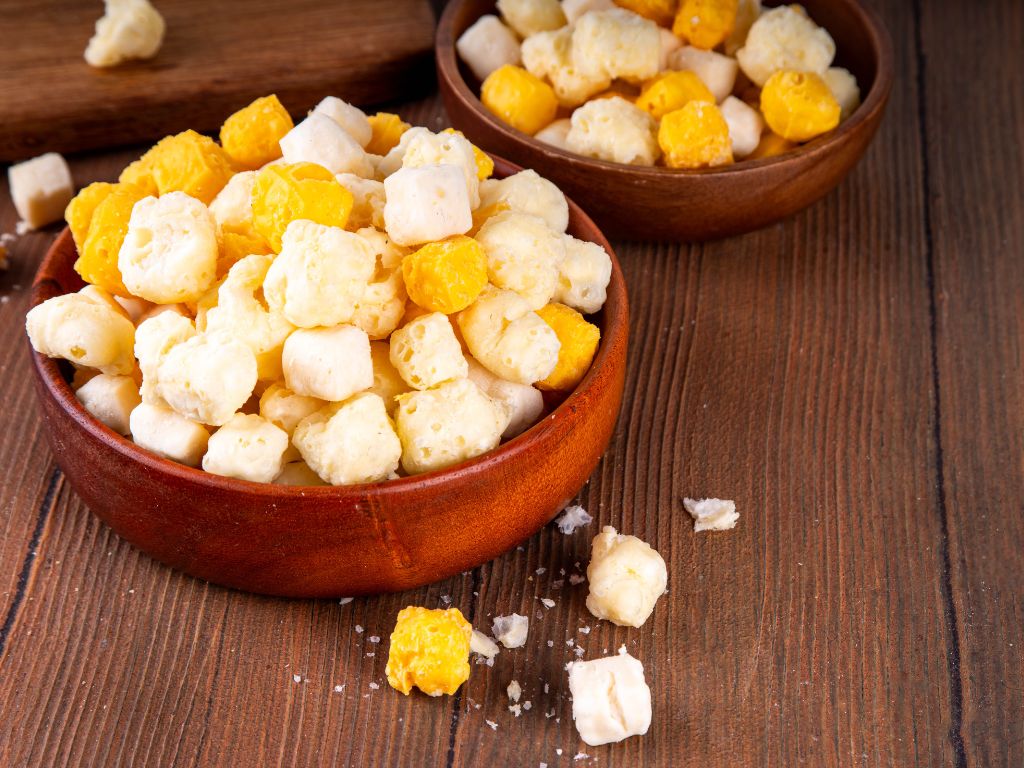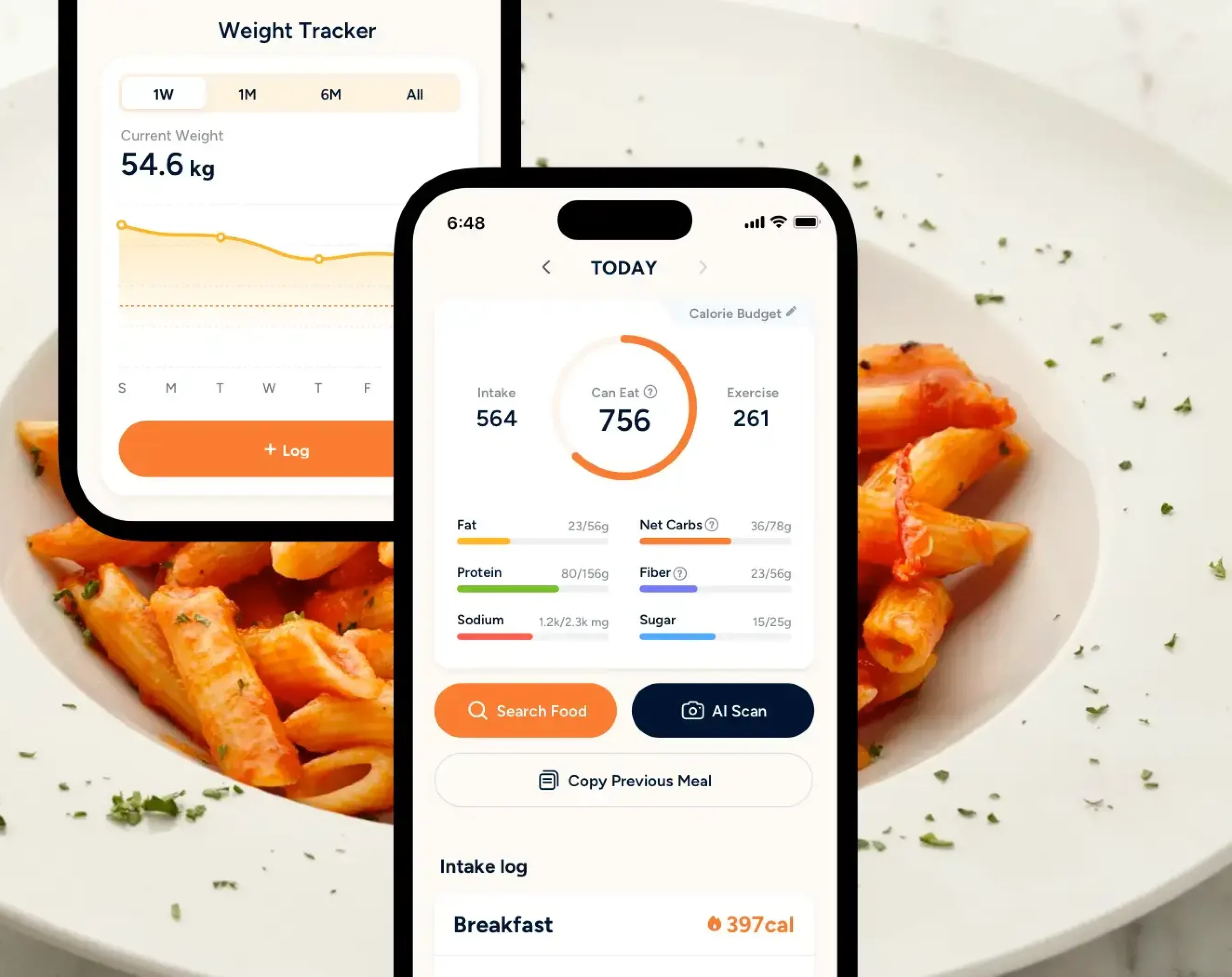Weight loss is one of the most common health goals for many people. How many times have you thought about dieting or weight loss throughout your life? Weight loss is unfortunately not a fleeting issue that just passes. One of the most straightforward approaches is creating a calorie deficit through portion control and mindful eating, through a meal plan. For example, a 1500-calorie meal plan offers a balanced middle ground that can help many people achieve sustainable weight loss while still providing adequate nutrition and energy for daily activities. However, it may not be for everyone despite its benefits.
Key Takeaways
- A 1500-calorie meal plan creates a moderate calorie deficit, supporting sustainable weight loss with balanced nutrition.
- Focus on nutrient-dense foods like lean proteins, vegetables, whole grains, fruits, and healthy fats for satiety.
- Limit processed foods, sugary drinks, refined carbs, fried items, and alcohol to avoid empty calories.
- Certain groups—pregnant women, children, athletes, and people with medical conditions—should avoid restrictive 1500-calorie diets.
- Manage hunger by eating protein-rich, high-fiber foods, staying hydrated, and practicing mindful, regular eating habits.
- Combine calorie tracking with exercise, portion control, and meal prep for consistent, healthy weight loss progress.
Is 1500 Calories Enough to Sustain Yourself?
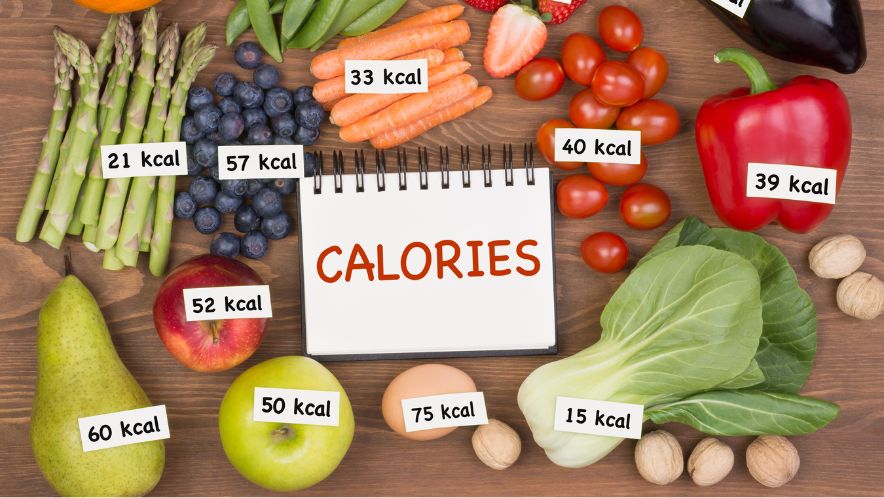
For many people, the amount of calories you consume a day isn’t naturally intuitive. It usually takes a fair bit of effort to log your daily meals, snacks, and other consumables throughout your day. And for many, the amount of calories they consume often comes as a surprise to them.
In order to decide if 1500 calories is sufficient for you, you will need to take certain factors into consideration aside from your gender, height and weight. Individual factors like activity level and metabolic rate defers from person to person, but also greatly affect the amount of calories your body needs to function properly. For example, a lady who does not exercise may not need as many calories as a male teenage tennis athlete. Similarly, even if you had the same activity level, a lady weighing 200kg may have different caloric needs to someone who weighs 50kg.
That being said, generally, women require slightly fewer calories a day compared to men to maintain their weight, which is different from losing weight. Weight maintenance for women tends to fall between 1600-2400 calories, which is slightly more than the 1500-calorie diet. Following that diet creates a bit of calorie deficiency, which will lead to weight loss. On the other hand, men require between 2000 to 3000 calories a day, and following the 1500-calorie diet will result in a larger calorie deficiency and a faster rate of weight loss.
It is also crucial to make sure that the amount of calories you consume is not less than the recommended 1200 calories, especially if you are doing it without medical supervision. Doing so can put you at risk of deficiencies, muscle loss, metabolic slowdown, and other health complications.
Needless to say, before starting any restrictive eating plan, consider consulting with a healthcare provider or registered dietitian who can assess your individual needs and help determine if 1500 calories is appropriate for your situation.
Foods to Include in Your Diet
A successful 1500-calorie meal plan should prioritize nutrient-dense foods that provide maximum nutrition while keeping you satisfied.
Focus on incorporating these food groups:
Lean Proteins (25-30% of calories): Chicken breast, turkey, fish, eggs, Greek yogurt, cottage cheese, tofu, legumes, and lean cuts of beef or pork. Protein helps preserve muscle mass during weight loss and increases satiety.
Non-Starchy Vegetables (unlimited): Leafy greens, broccoli, cauliflower, bell peppers, zucchini, tomatoes, cucumbers, and asparagus. These foods are low in calories but high in fiber, vitamins, and minerals.
Whole Grains (20-25% of calories): Brown rice, quinoa, oats, whole wheat bread, and barley. These provide sustained energy and important B vitamins and fiber.
Healthy Fats (20-25% of calories): Avocados, nuts, seeds, olive oil, and fatty fish like salmon. Fats are essential for hormone production and nutrient absorption.
Fruits (10-15% of calories): Berries, apples, oranges, and other whole fruits provide natural sweetness, fiber, and antioxidants.
Low-Fat Dairy (if tolerated): Milk, yogurt, and cheese can provide calcium and additional protein.
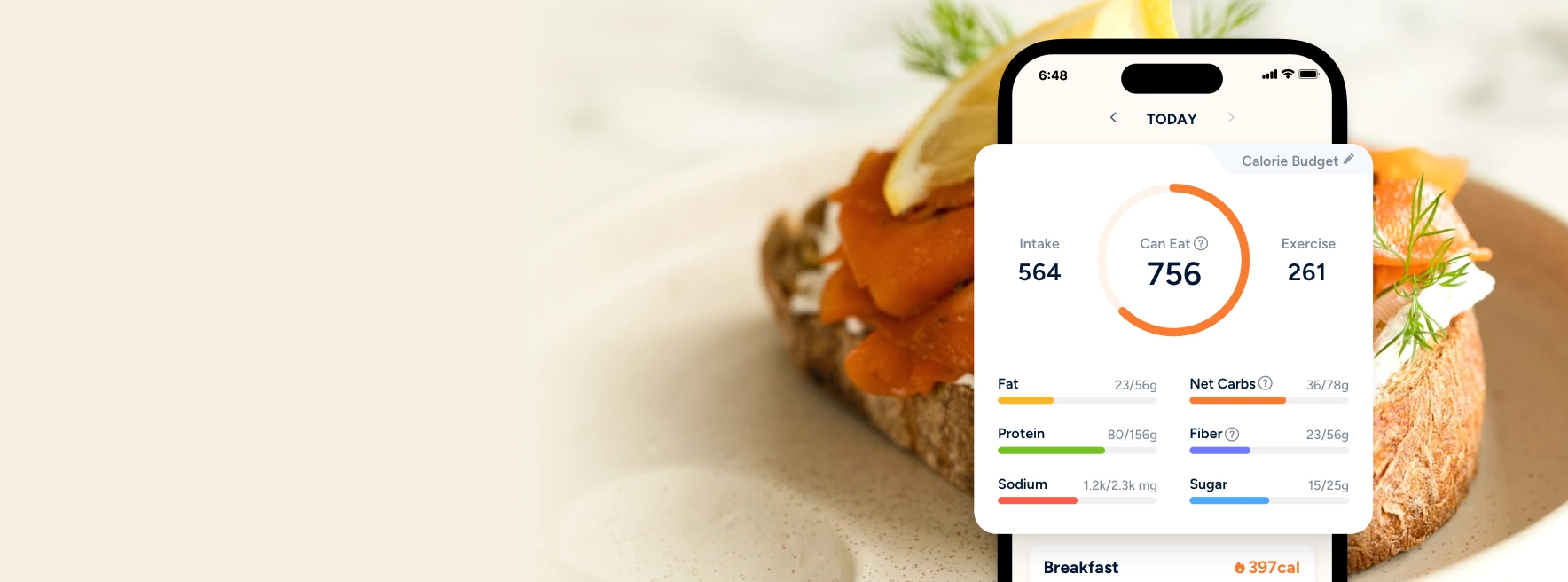
Smarter Nutrition Tracking
Track calories and over 100 other nutrients all in one place.
Download Eato For FreeFoods to Avoid
To maximize the nutritional value of your 1500 calories and maintain steady blood sugar levels, limit or avoid these foods:
Processed and Ultra-Processed Foods: Packaged snacks, frozen dinners, and fast food are often high in calories, sodium, and unhealthy fats while being low in nutrients.
Sugary Beverages: Soda, juice, energy drinks, and specialty coffee drinks can easily consume 200-400 calories without providing satiety.
Refined Carbohydrates: White bread, pastries, crackers, and sugary cereals can cause blood sugar spikes and crashes, leading to increased hunger.
High-Sugar Foods: Candy, cookies, ice cream, and other desserts should be limited to occasional treats rather than daily staples.
Fried Foods: French fries, fried chicken, and other deep-fried items are calorie-dense and often contain unhealthy trans fats.
Alcohol: Alcoholic beverages are high in empty calories and can impair judgment around food choices.
Sample 7-Day 1500 Calorie Meal Plan with Free PDF

Here’s a practical week-long meal plan that demonstrates how to distribute 1500 calories throughout the day while maintaining nutritional balance:
Day 1
- Breakfast (350 calories): 1 cup oatmeal with 1/2 cup berries and 1 tbsp almond butter
- Lunch (400 calories): Grilled chicken salad with mixed greens, cherry tomatoes, cucumber, and olive oil vinaigrette
- Dinner (500 calories): 4 oz baked salmon, 1 cup roasted vegetables, 1/2 cup brown rice
- Snacks (250 calories): Greek yogurt with berries, small apple
Day 2
- Breakfast (300 calories): 2-egg vegetable omelette with spinach and mushrooms
- Lunch (450 calories): Turkey and avocado wrap with a whole wheat tortilla and a side salad
- Dinner (500 calories): 4 oz lean beef stir-fry with mixed vegetables over cauliflower rice
- Snacks (250 calories): Handful of almonds, small banana
Day 3
- Breakfast (350 calories): Greek yogurt parfait with granola and mixed berries
- Lunch (400 calories): Quinoa bowl with black beans, roasted vegetables, and tahini dressing
- Dinner (500 calories): Baked chicken breast with sweet potato and steamed broccoli
- Snacks (250 calories): Cottage cheese with cucumber slices, orange
Day 4
- Breakfast (300 calories): Smoothie with protein powder, spinach, banana, and unsweetened almond milk
- Lunch (450 calories): Tuna salad on whole grain bread with a side of raw vegetables
- Dinner (500 calories): Grilled white fish with quinoa and asparagus
- Snacks (250 calories): Hard-boiled egg, small pear
Day 5
- Breakfast (350 calories): Avocado toast on whole grain bread with sliced tomato
- Lunch (400 calories): Lentil soup with side salad and whole grain roll
- Dinner (500 calories): Pork tenderloin with roasted Brussels sprouts and wild rice
- Snacks (250 calories): Greek yogurt, small handful of walnuts
Day 6
- Breakfast (300 calories): Overnight chia pudding with berries and a drizzle of honey
- Lunch (450 calories): Chicken and vegetable soup with whole grain crackers
- Dinner (500 calories): Tofu stir-fry with brown rice and mixed vegetables
- Snacks (250 calories): Apple with 1 tbsp peanut butter
Day 7
- Breakfast (350 calories): Whole grain pancakes (2 small) with fresh fruit
- Lunch (400 calories): Mediterranean bowl with hummus, vegetables, and pita
- Dinner (500 calories): Herb-crusted cod with quinoa and roasted vegetables
- Snacks (250 calories): Trail mix (nuts and dried fruit), herbal tea
Who Should Avoid Following a 1500-Calorie Diet?
While a 1500-calorie diet can be effective for many people, certain individuals should avoid this level of restriction. These individuals include:
- Pregnant and Breastfeeding Women: These women need additional calories to support fetal development and milk production.
- Children and Adolescents: Growing bodies require more calories and nutrients to support proper development.
- Highly Active Individuals: Athletes and people with very active jobs may need significantly more calories to fuel their activities and recovery.
- People with Eating Disorders: Restrictive eating patterns can trigger or worsen eating disorders and should be avoided without professional supervision.
- Individuals with Certain Medical Conditions: People with diabetes, thyroid disorders, or other metabolic conditions should consult healthcare providers before restricting calories.
- Men with High Calorie Needs: Many men, especially those who are tall or active, may need more than 1500 calories to avoid excessive muscle loss and metabolic slowdown.
How to Avoid Feeling Hungry on the Diet

Hunger can derail even the best-intentioned diet plans. Here are strategies to help you feel satisfied on 1500 calories:
- Prioritize Protein: Include protein at every meal and snack. Protein increases satiety hormones and has a higher thermic effect than carbs or fats.
- Load Up on Fiber: Vegetables, fruits, and whole grains provide bulk and slow digestion, helping you feel full longer.
- Stay Hydrated: Sometimes thirst masquerades as hunger. Drink water throughout the day and consider having a glass before meals.
- Eat Regularly: Don’t skip meals, as this can lead to overeating later. Aim for 3 meals and 1-2 snacks spaced throughout the day.
- Practice Mindful Eating: Eat slowly, chew thoroughly, and pay attention to hunger and fullness cues.
- Get Adequate Sleep: Poor sleep affects hormones that regulate hunger and appetite, making it harder to stick to your calorie goals.
- Manage Stress: Chronic stress can increase cortisol levels, leading to increased appetite and cravings for high-calorie foods.
Tips for Losing Weight
Beyond following a 1500-calorie meal plan, these additional strategies can enhance your weight loss success:
- Track Your Food Intake: Use a food diary or app to monitor calories and identify eating patterns.
- Meal Prep: Prepare meals and snacks in advance to avoid impulsive food choices when you’re busy or tired.
- Read Labels: Pay attention to serving sizes and hidden calories in packaged foods.
- Control Portions: Use smaller plates, measure portions, and be mindful of restaurant serving sizes.
- Incorporate Physical Activity: While diet is crucial for weight loss, exercise can boost results and improve overall health.
- Set Realistic Goals: Aim for 1-2 pounds of weight loss per week rather than expecting dramatic changes.
- Build a Support System: Share your goals with friends and family who can provide encouragement and accountability.
- Focus on Non-Scale Victories: Notice improvements in energy, sleep, clothing fit, and overall well-being.
The Final Takeaway: Counting Calories for Weight Loss
Overall, a 1,500-calorie meal plan could be effective for weight loss, provided that it helps you stay in a caloric deficit. Not everyone has the same metabolic rate. While one meal plan may help someone to lose weight, it could also cause someone to gain weight. The key to losing weight is not only about the number of calories consumed, but also the quality of food and how you distribute them throughout the day.
The Eato app helps you understand what you’re eating. With smart tracking, meal suggestions, and personalized insights based on your health goals, you’ll find it easier to stay on track and eat more mindfully. If you’re ready to feel the difference, try it today for free!

Weight Loss Has Never Been Easier
Get accurate nutrition info instantly. Keep track of your progress.
Download Eato For Free
